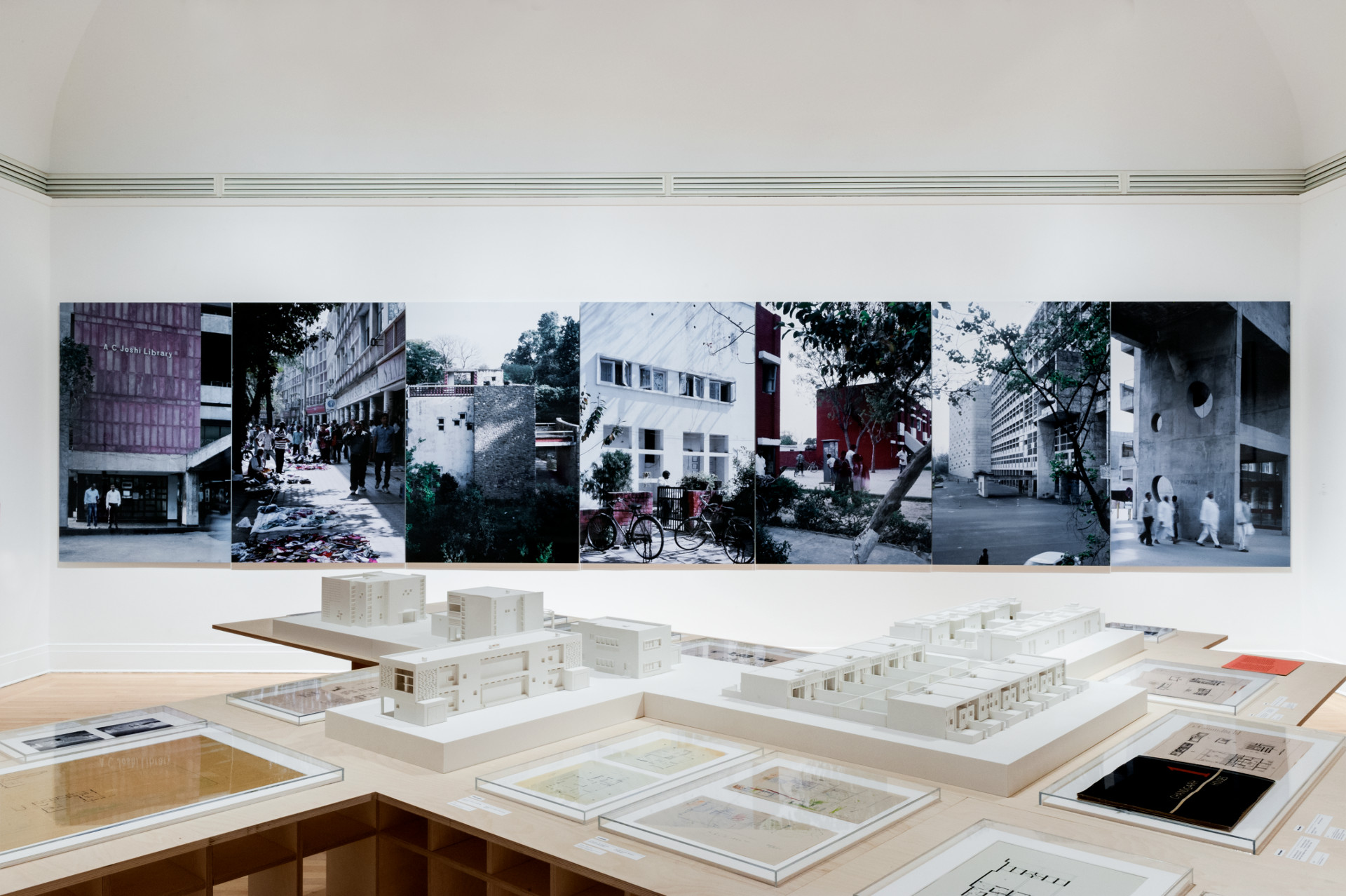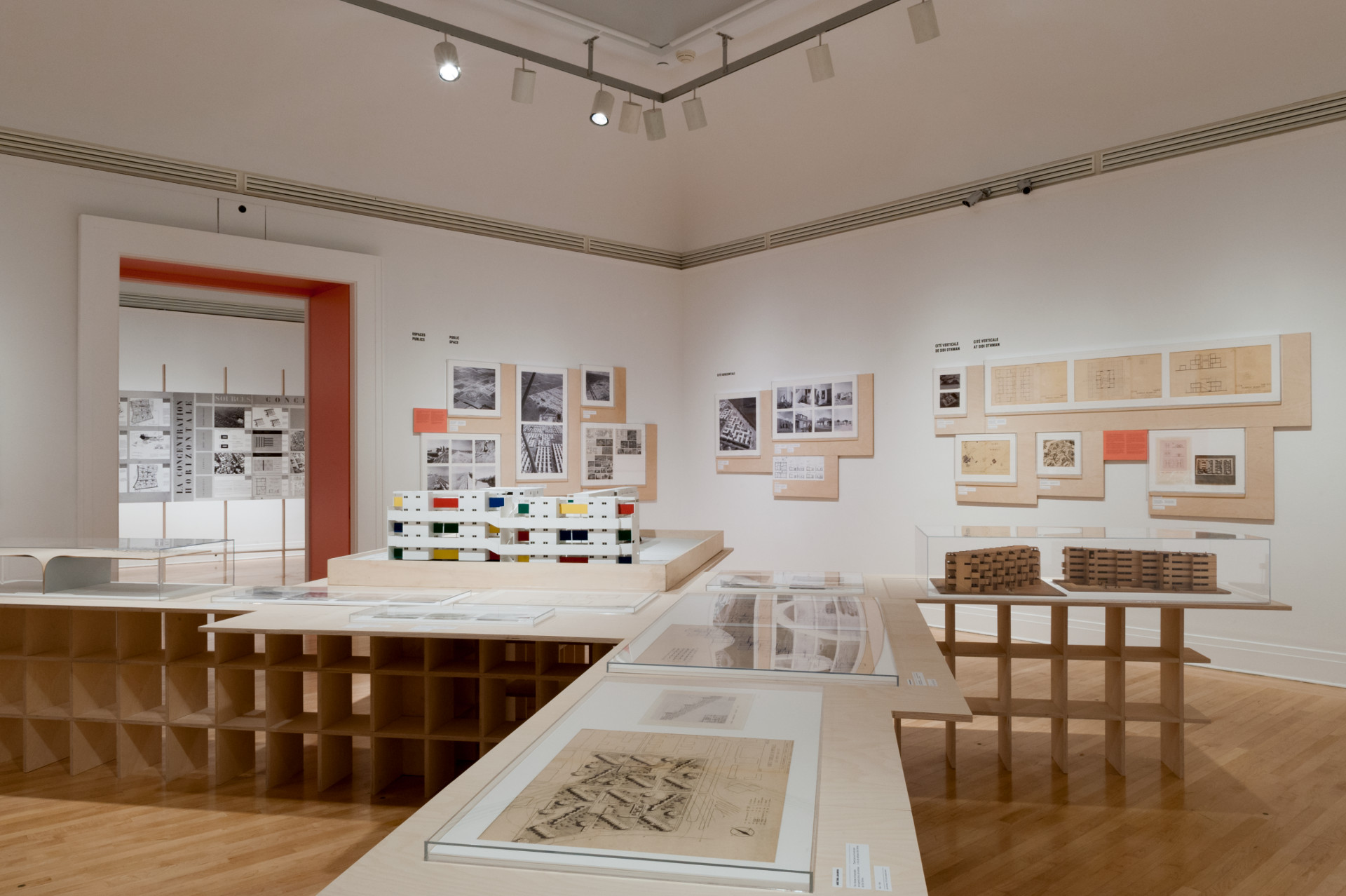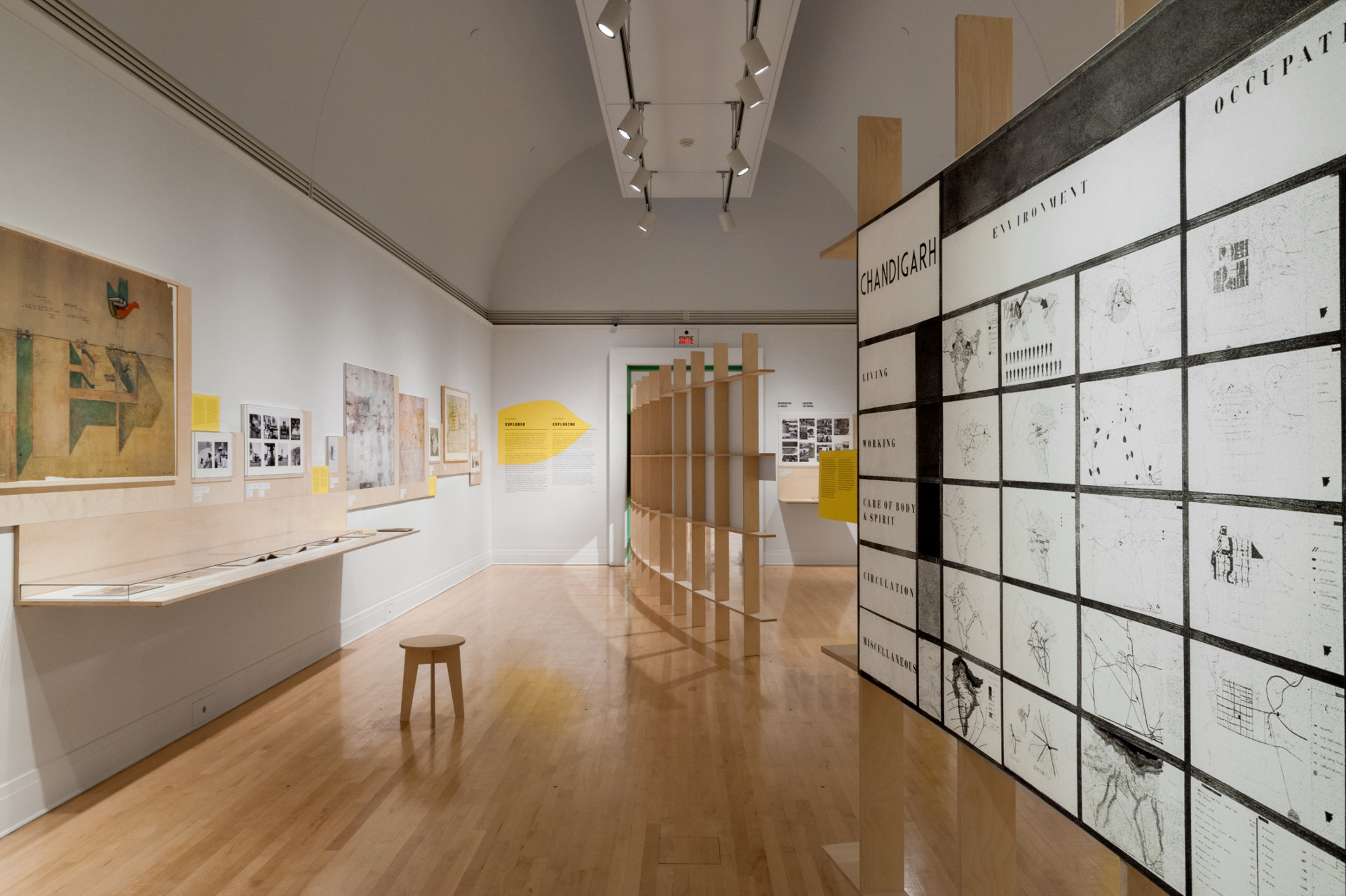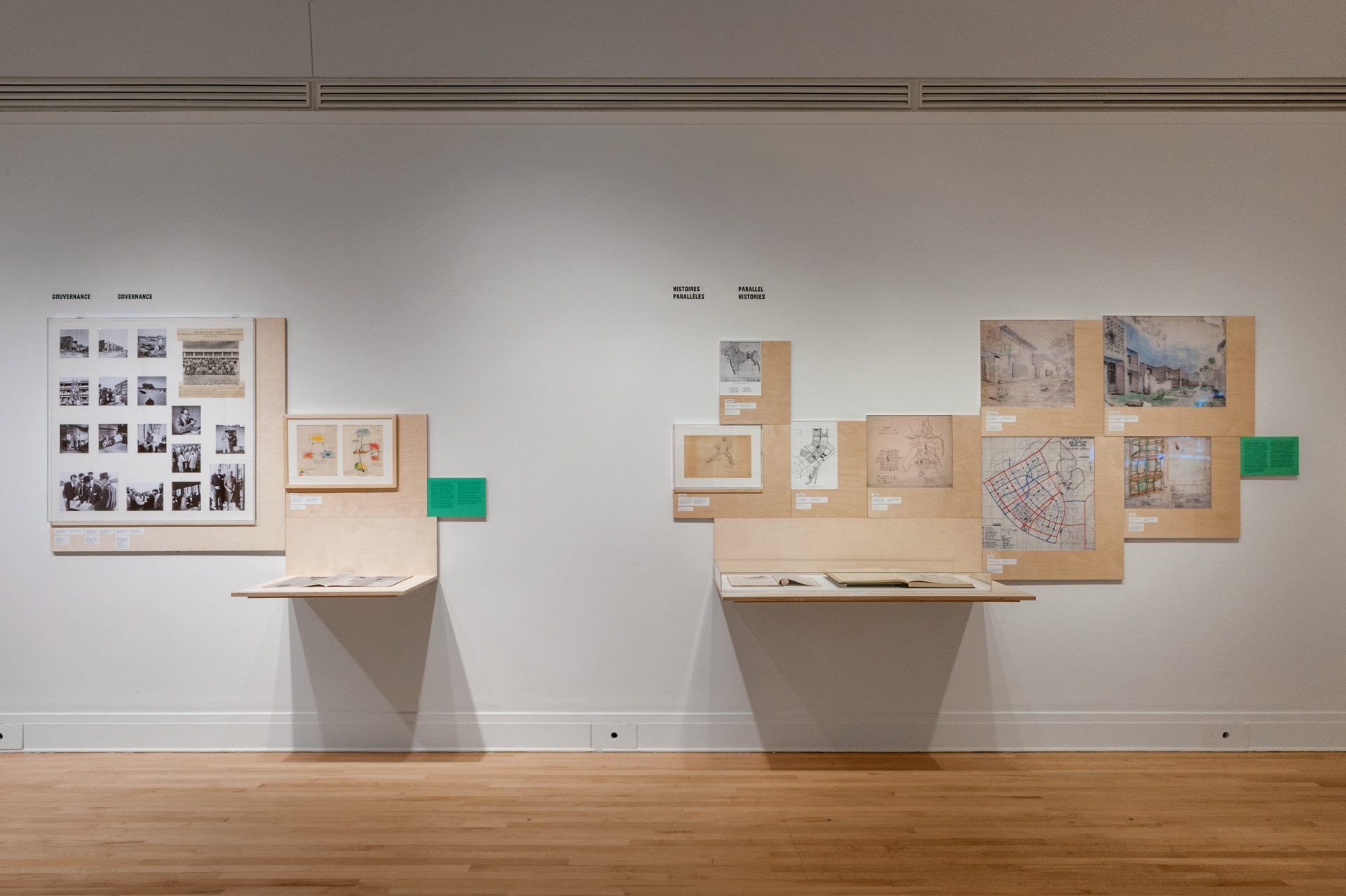Casablanca Chandigarh, CCA 2013-14
How architects, experts, politicians, international agencies and citizens negotiate modern planning: Casablanca Chandigarh
How architects, experts, politicians, international agencies and citizens negotiate modern planning: Casablanca Chandigarh
Exhibition at the CCA, 26 November 2013 to 20 April 2014
The beginning of the 1950s was a moment of global upheaval. From India to Morocco, from Guatemala to Indochina, the process of decolonization gained momentum and the Cold War began. Architects working or acting as experts in the non-Western areas of the globe could no longer plan as if sites were terrains vague and people were mute subjects. The end of colonial subjugation and the resulting self-awareness provoked new modernist attitudes and sensibilities – a true shift in thinking about the architecture of the modern city.
The exhibition How architects, experts, politicians, international agencies and citizens negotiate modern planning: Casablanca Chandigarh presents a new history of modern urbanism based on two major experiments in the Global South that took place during this wave of decolonization. Curators Tom Avermaete and Maristella Casciato consider anew the relationship between local conditions and the international language of modern architecture, particularly in the context of the political and economic cooperation favoured by the United Nations, the International Monetary Fund, and other international bodies.
On the one hand there is Chandigarh —planned by a team consisting of Le Corbusier, Pierre Jeanneret, Maxwell Fry, Jane Drew and local architects and planners— which created a myth of the modern city designed from the ground up by modern architects. The new capital of East Punjab, Chandigarh divided by its street grid into rectangular districts (called sectors) was indeed built in a previously rural setting. However it responded to the rural Indian landscape and preserved several existing villages through its development
On the other hand, there is the expansion of Casablanca – conceived by Michel Écochard and a team of young French and Moroccan architects. For Écochard the problem of increasing urbanization in Morocco, due to internal migration from the countryside to the cities, was a central concern. He realized however that urban development was neither a linear nor a predictable process. The result was a large regional plan for Casablanca that projected secondary urban poles, new road networks and harbour and train infrastructure as well as industrial development. The basis for this inclusive city was the 8 × 8 metre grid, accommodating in each of its fields a walled low-rise dwelling that could be adapted.
Through commissioned photography by Yto Barrada and Takashi Homma the exhibition addresses the capacity for these plans to allow for change, adaptation and transformation. The exhibition shows nearly 400 objects, consisting of more than 150 historic photographs, models, drawings, maps, and publications comprising experts’ reports from international organizations. It also draws from the CCA’s Pierre Jeanneret Archive.
Curators Tom Avermaete and Maristella Casciato give a tour of Casablanca Chandigarh






